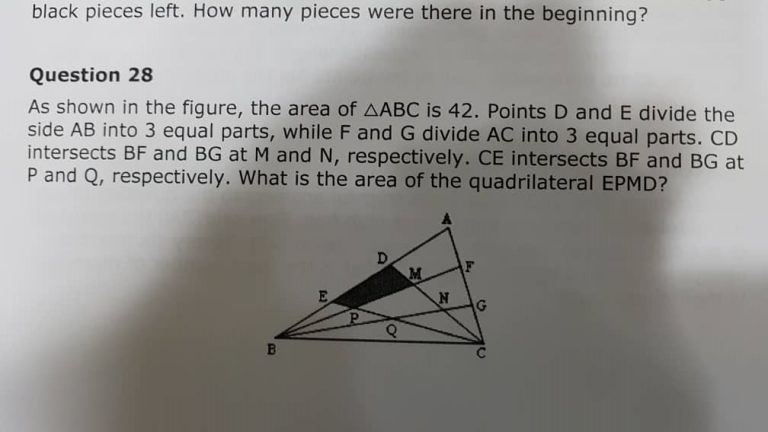Step Functions
Question
f(x)=[x+1] and f(x)=[x]+1?
Firstly [x] means “the largest integers less or equal to x”.
I’ll give you an example or two, and you will see the “difference”
Say that x = 1.45,
f(1.45)=[1.45+1] = [2.45] = 2
and f(1.45)=[1.45]+1 = 1 +1 = 2
Does that mean f(x)=[x+1] = f(x)=[x]+1 for all x? YES.
Proof?
Let any number x = a + b where,
‘a’ is a positive integer and b the ‘fractional part’ or equivalently a real number in the interval [0,1). That is,
0 =< b < 1.
Note that [ a + b ] = a + [b] = a and that [b] = 0.
Now,
[x + 1]=[a + b +1] = (a +1) + [b] = a + 1
Similarly,
and [x] + 1=[a + b]+1 = a + [b] + 1 = a + 1
Thus, [x+1] = [x] + 1 for any real x as we have shown above.
Note that every real number ‘x’ can be written as a sum of a ‘integer’ ( ‘a’ ) and a ‘fractional part’ ( ‘b’) as shown above.
These functions are called step functions because essentially their “output” is always integer values by definition! Hence, their value for a “range of real numbers” will just be an integer… if you try to “plot” these values on a graph you will see that they look like “steps” of a “staircase” …




